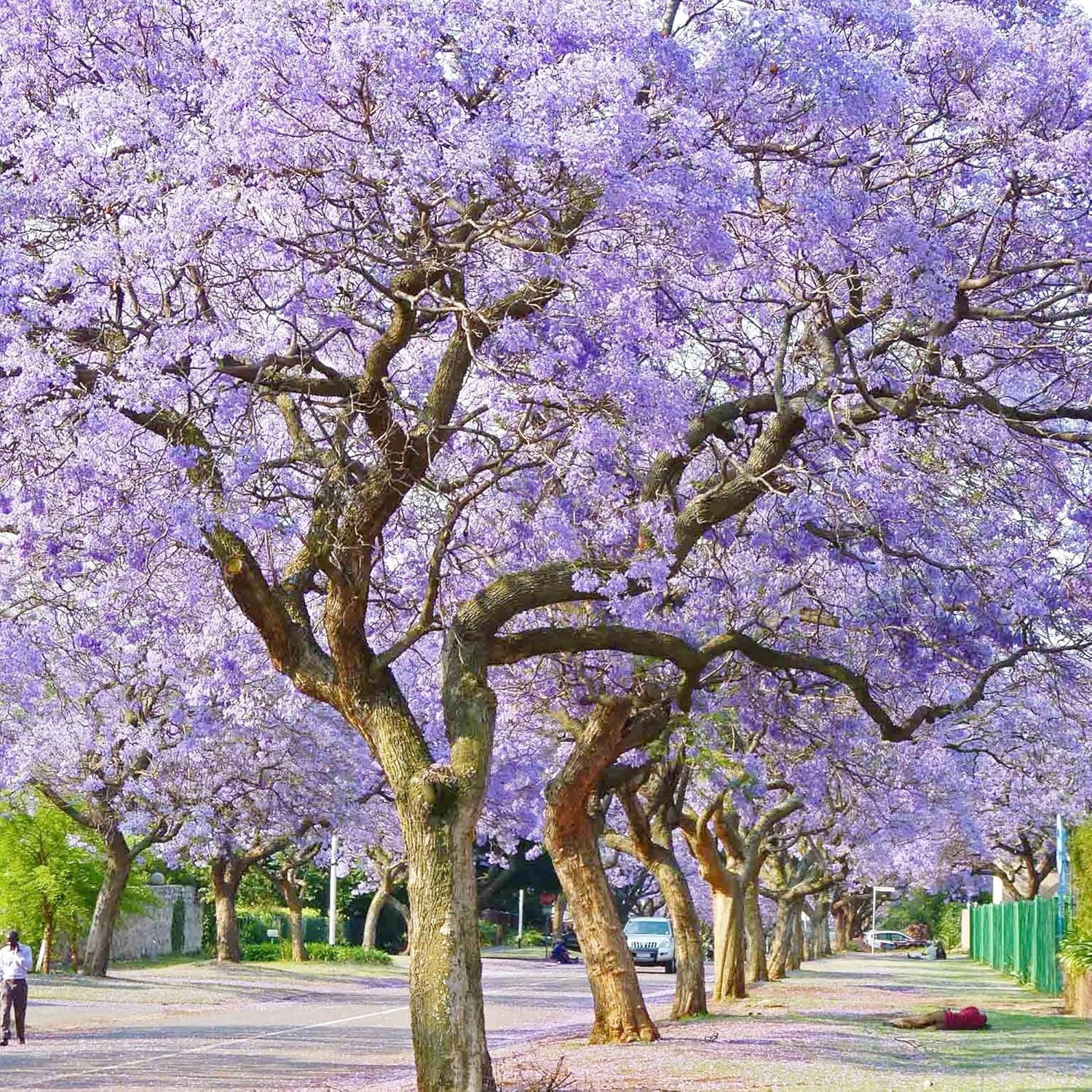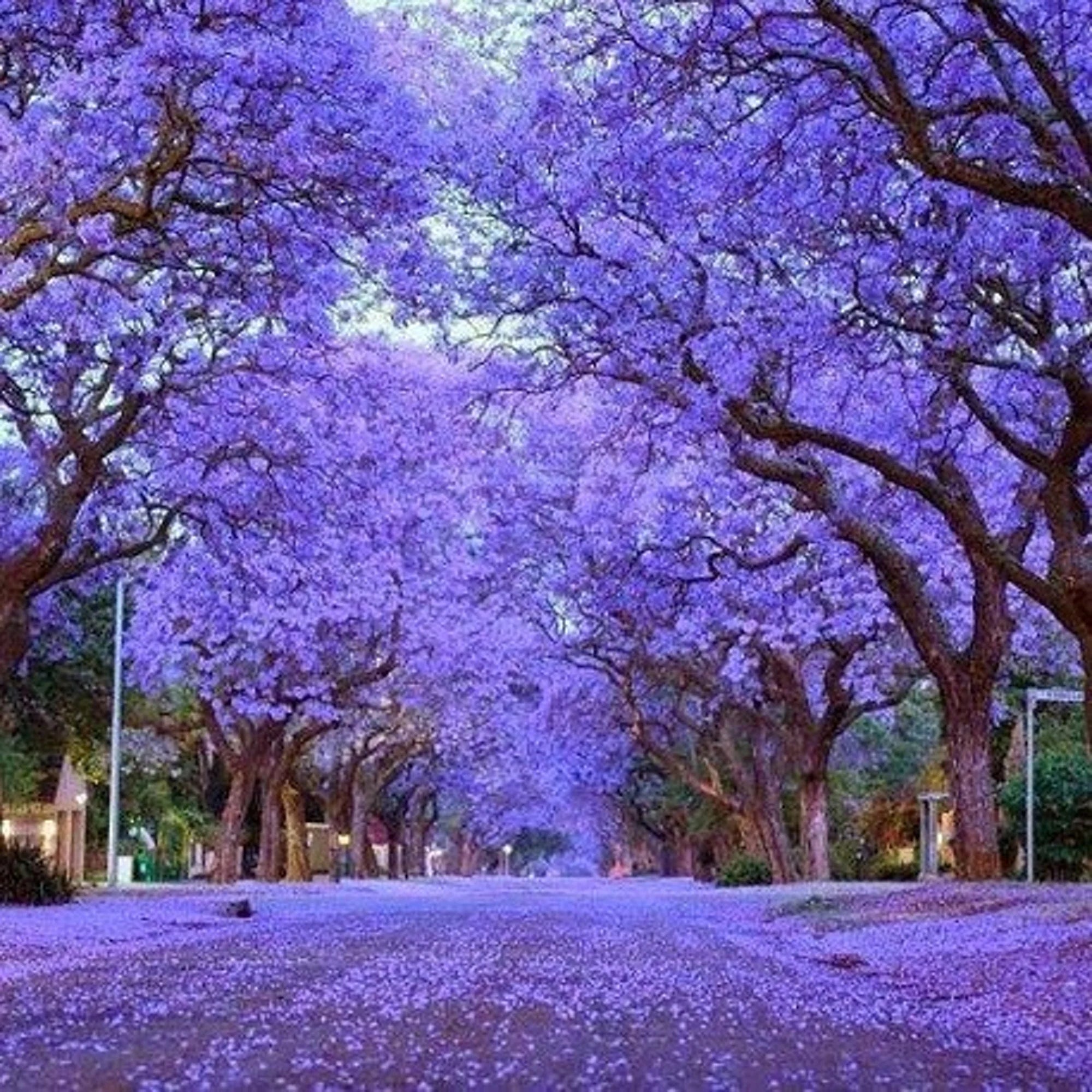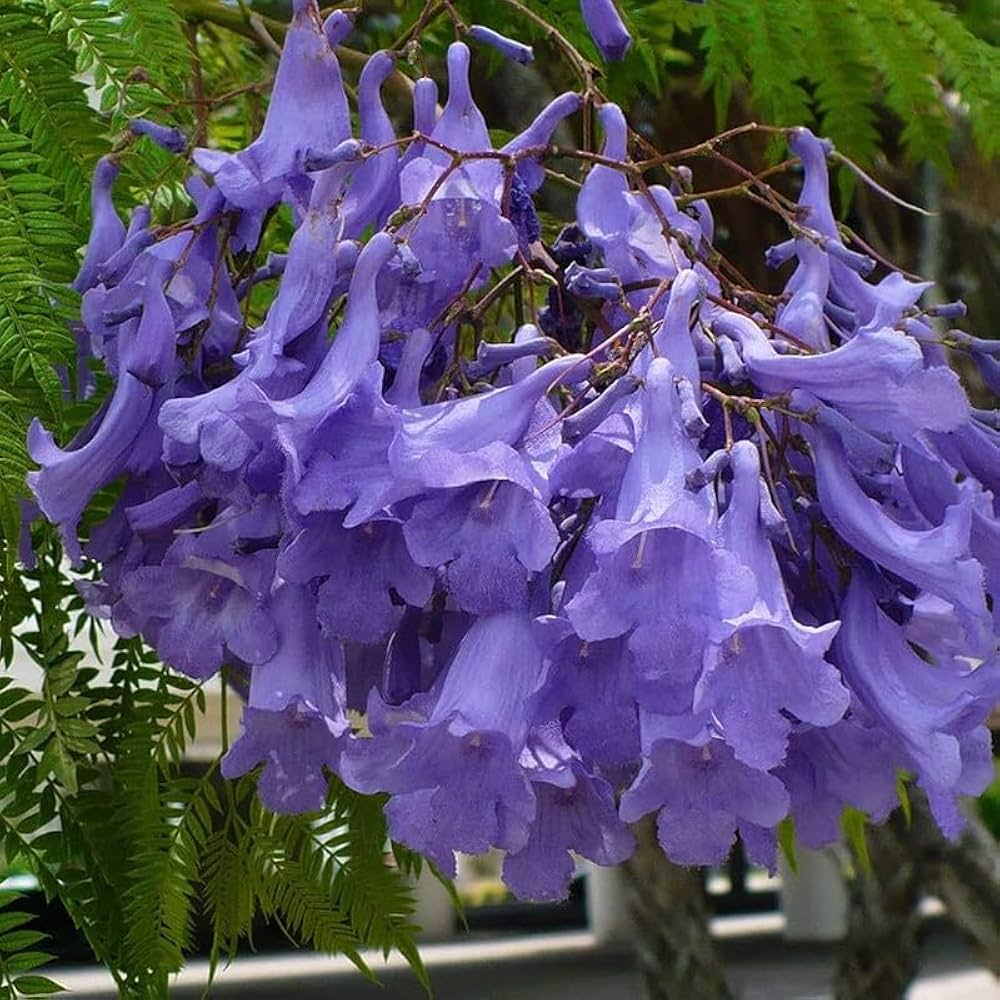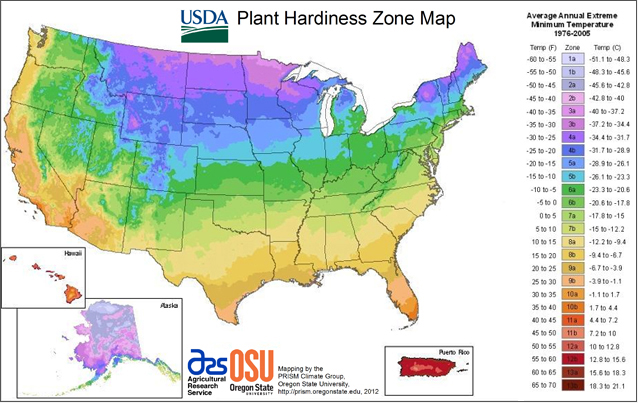Blue Jacaranda Seeds - Jacaranda mimosifolia
- Regular price
- $6.99
- Unit price
- per
-
Jacaranda mimosifolia - Non-GMO, Open-Pollinated, Heirloom, Untreated
-
Spectacular Flower Display: Produces breathtaking, dense clusters of lavender-blue, trumpet-shaped flowers in late spring and early summer, creating a stunning visual impact.
-
Elegant Fern-Like Foliage: Features delicate, bipinnately compound leaves that give the tree a soft, tropical appearance even when not in bloom.
-
Fast-Growing Shade Tree: Quickly grows into a magnificent specimen tree, reaching heights of 25-50 feet with a broad, umbrella-like canopy perfect for casting dappled shade.
-
Drought Tolerant: Once established, the Jacaranda is remarkably tolerant of dry conditions, making it a suitable choice for water-wise landscapes in warm climates.
-
Grow It Anywhere: While it thrives outdoors in warm zones, it's also a fantastic candidate for a container-grown patio plant or an indoor bonsai specimen in colder regions.
-
Attracts Pollinators: The vibrant, nectar-rich blossoms are a magnet for bees, butterflies, and hummingbirds, bringing life and activity to your garden.
USDA Hardiness Zones
USDA Hardiness Zones
Planting Tips
Planting Tips




